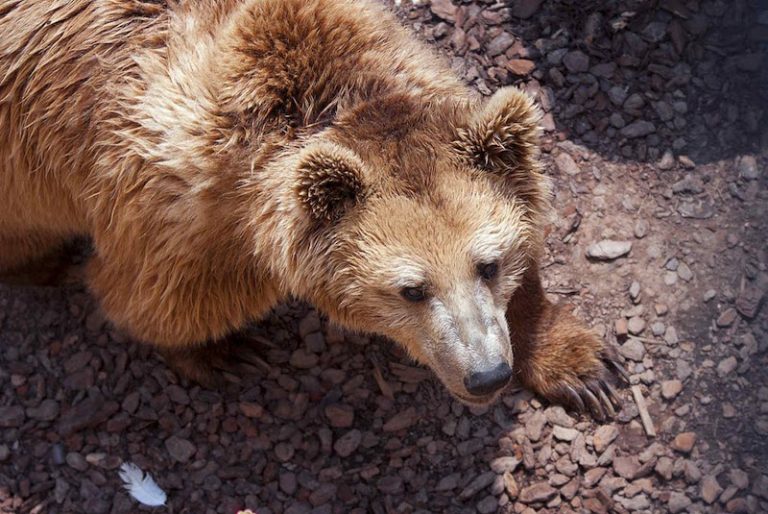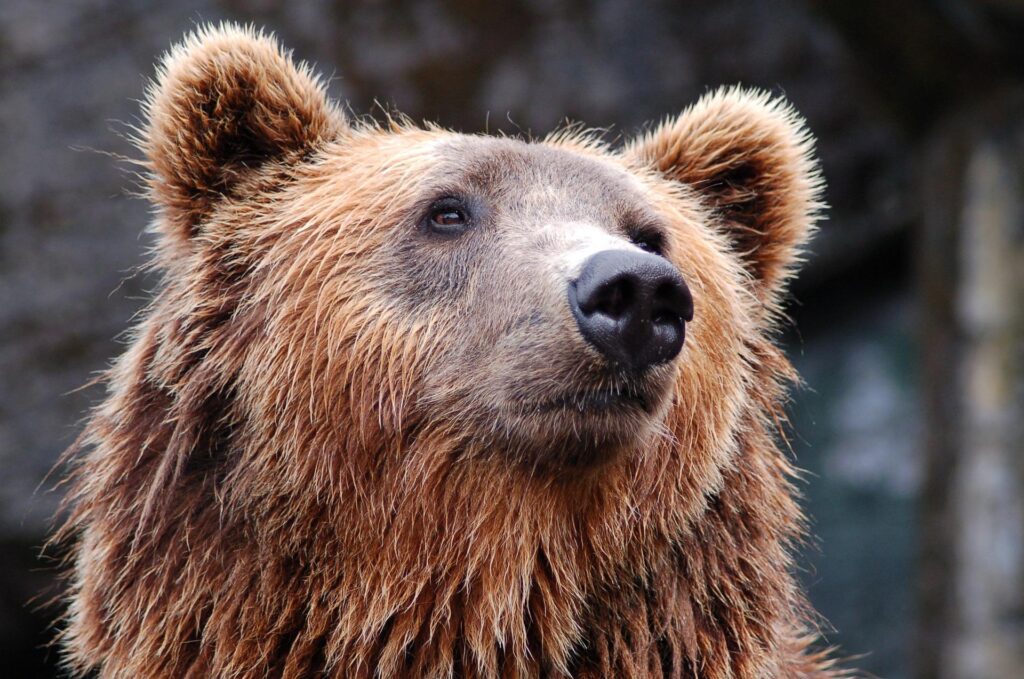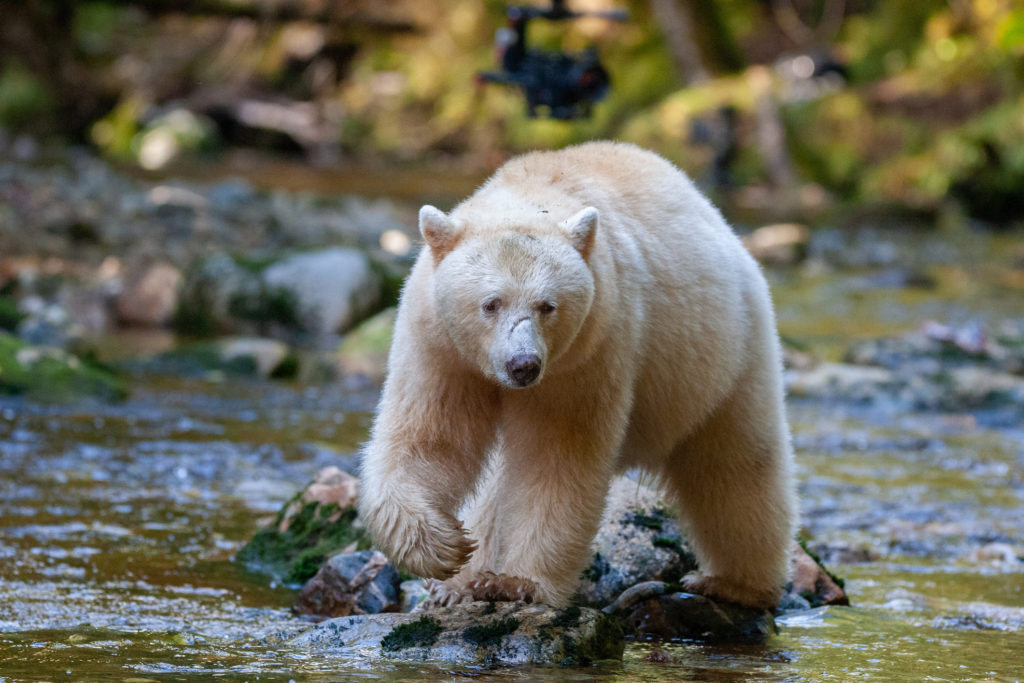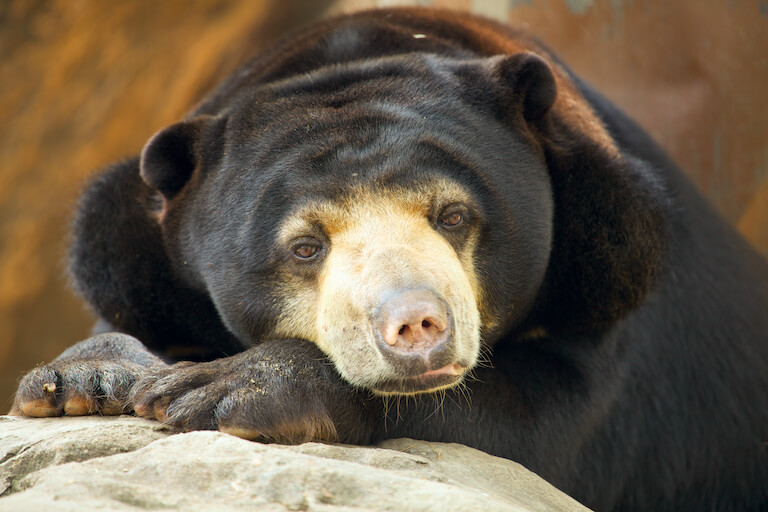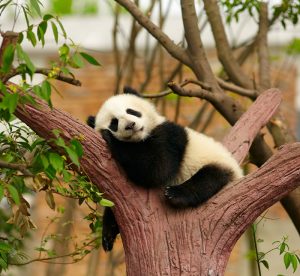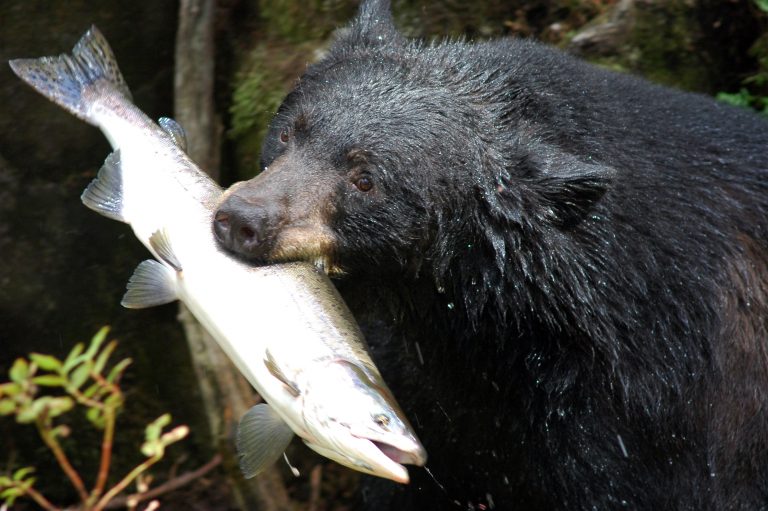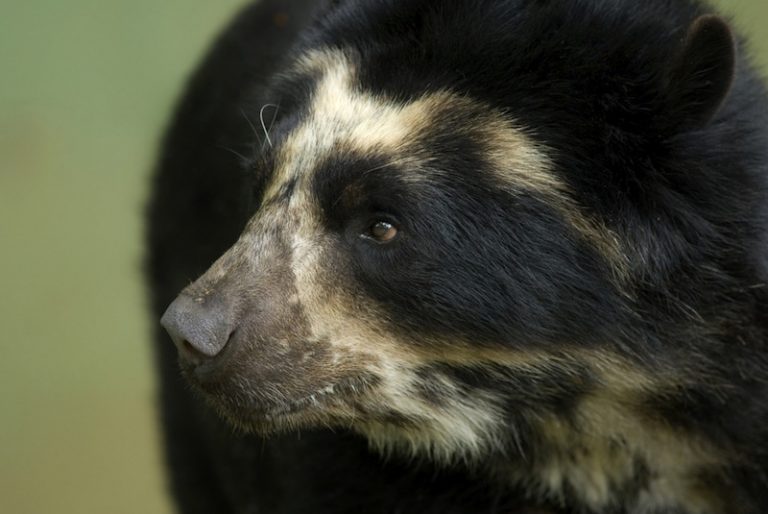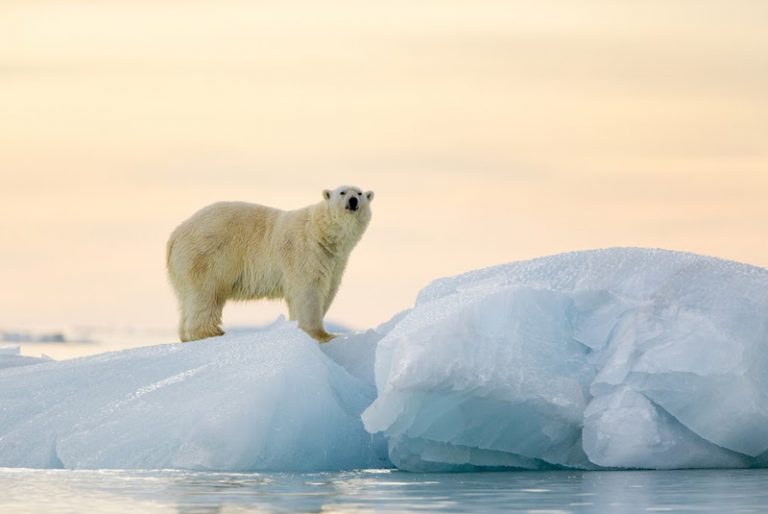Grizzly Bear Facts
GRIZZLY BEAR FACTS
Scientific Name: Ursus arctos
Height: 1 m (Adult, At Shoulder)
Lifespan: 20 – 25 years (In the wild)
Gestation period: 180 – 250 days
Hibernation period: 152 – 213 days
Length: 2 m (Adults)
Mass: Male: 270 kg (Inland area population), Female: 130 – 200 kg (Adult)
Mass: Male: 270 kg (Inland area population), Female: 130 – 200 kg (Adult)
More About Grizzlies:
Grizzlies are probably the most feared animal in North America. Their sheer size and strength, coupled with surprising speed is a rare combination and they are one of the few large predators that have not been wiped out on the continent.
In reality, bear attacks are very rare and their first instinct is to avoid human contact. Done carefully and smartly, bear watching can be a safe and inspiring activity.
The world grizzly population is fairly stable, though there are spots where their population is significantly reduced including in the North Cascades and Yellowstone regions, where they are considered a protected species.
These bears reach sexual maturity at around five years of age. They mate in the summer though the embryo doesn’t implant until the winter. Females will generally have two cubs in a litter, and they will stay with their mother until they are about two years old. Grizzlies can live up to 25 years in the wild.
Grizzly Bear Facts & Tidbits
- Some bears can weigh almost twice as much in the fall as they might weigh in spring as they prepare for their winter sleep.
- In parts of the US, small populations of grizzly bears have successfully rebounded under the protection of the Endangered Species Act.
- They can live up to 25 years in the wild.
- Their size can vary widely depending on where they live and how much food is available.
- Males can be between 300 and 850 lbs and females range from 200 to 450 lbs.
Distribution

The range of the grizzly bears goes from Alaska, Western Canada, and a few of the northern United States. Grizzlies are most commonly found in Canada.
Grizzly bears prefer to inhabit old growth forests and higher elevations.
Status
IUCN Status: Least Concern / Population Trend: Stable

